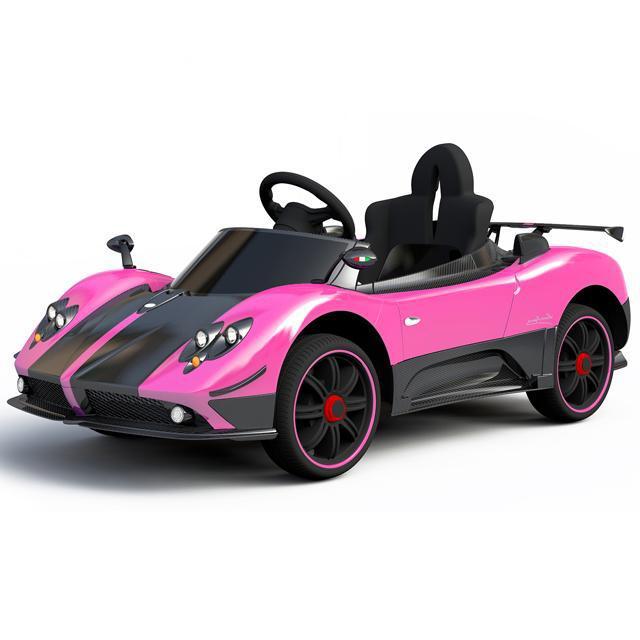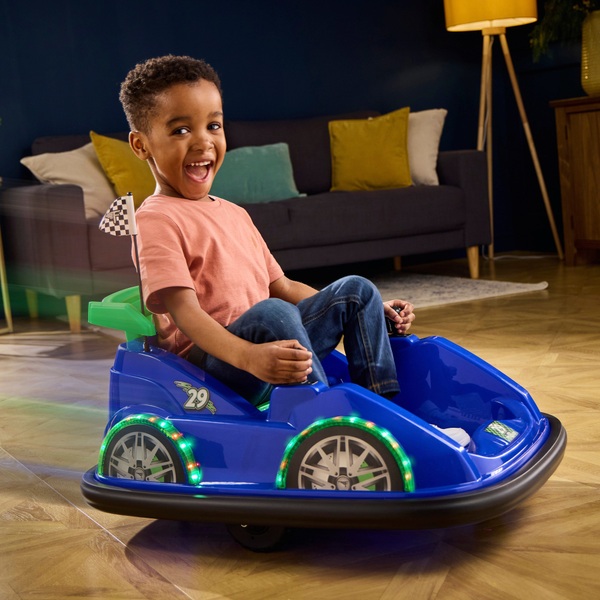Good Advice To Selecting Kids Cars
Good Advice To Selecting Kids Cars
Blog Article
What Should You Look For When Purchasing A Ride-On Vehicle For Toddlers?
It is important to take into consideration the age, size and development stage of your child before deciding on a ride-on car for them. This will ensure they are safe and enjoy the experience. These factors should be considered:
Younger Toddlers (1 to 3 years old) Choose ride-on vehicles specially created for children of this age. These cars have simple controls, a low design that's stable, and a steering wheel or button. Choose ride on cars with broad bases to ensure stability.
Children older than (3+ years old) - As children grow older, they are able to handle more advanced ride-on cars that have additional options and features. Think about cars that have adjustable seats as well as larger capacities for weight. Also look for features that are interactive, including working lights, sounds and music. Choose a ride-on car with a variable speed setting and parental controls. This allows you to cater for various levels of ability and provide security.
Size
Weight and height are important factors to consider when choosing the appropriate ride-on one, you must take into account your child's height and weight. Select a car that has an appropriate weight and height capacity that is comfortable for your child. Avoid cars that are small or large which are uncomfortable to drive or dangerous.
Legroom and Comfort Make sure that the car you ride in has ample legroom and space for your child to be seated comfortably. Make sure the car's seat area is suitable to your child's.
Developmental Stage
Motor Skills - Think about your child's motor skills and coordination skills when deciding on the right ride-on vehicle. Littler toddlers might require simpler features and controls while older children may be able to manage more complicated controls and features with interactive capabilities.
Confidence and independence. A ride-on car can assist develop independence and confidence as children learn to control and navigate the vehicle. Pick a car that will allow your child to learn to steer, accelerate, and brake independently. This will increase their motor skills and confidence in the course of time.
Select a car that is attractive and engaging for your child. Choose a theme, color, or feature that will attract your child's interest. It could be an old-fashioned vehicle or sports car with personality or pickup truck or a classic automobile.
You can choose the ride-on car that is safe, comfortable and can be educational for your child, by taking into consideration their age, size, and their developmental stage. Check out the most popular Audi ride on car for website recommendations including digger ride, toy with car, ride electric car, a toy car, a toy car, pedal car, remote control childrens electric cars, ride electric car, electric car ride, childs electric ride on car and more. . 
What Are The Best Model Cars, Both Indoors And Outdoors For Children?
Cars for kids are designed with particular features and attributes to fit different environments and usage scenarios, indoors or outdoors. The indoor Use Cars are different.
Size and weight cars intended for indoor use tend be lighter and smaller which allows them to maneuver more easily within tight areas like living rooms, hallways or playrooms. They're small enough to fit through narrow passageways and corners without causing damage to furniture or walls.
Low Ground Clarity Vehicles in indoor environments have low clearances so that they don't get stuck, or getting caught, on obstacles, such as carpets, rugs or thresholds. This ensures smooth and unhindered mobility across indoor surfaces.
Smooth Wheels. The wheels that are used in indoor use cars are constructed from materials such as rubber, plastic, or laminate to give them traction. The wheels are designed to cut down on noise and keep from scratching or scuffing surfaces.
Limited Speed - Indoor use vehicles typically are slower to ensure safe and controlled operation in confined areas. This can prevent accidents and collisions with furniture such as walls or obstructions found inside.
Outdoor Use Cars -
Built to Last - Vehicles made for outdoor use are built with durable materials such as strong plastic or steel to withstand rough handling and outdoor elements like sunlight, humidity and temperature fluctuations. They are more resistant against wear and tear from exposure to outdoor conditions.
The higher the clearance of the ground, the better able they are to deal with bumps and uneven terrain. They can traverse rough surfaces like gravel, asphalt dirt, grass, or even dirt without getting stuck or damaged.
Traction Tires-The tires of cars designed for outdoor use often have treads that give better traction or grip on slick or uneven surfaces. This gives you more control and stability while driving on outdoor terrain.
Weather Resistance: Cars for outdoor use typically have weather-proof features such as sealed electronics or waterproof casings. They could also utilize resistant to rust to protect themselves caused by water. They are able to endure the effects of mud, rain or puddles, without compromising the performance.
Outdoor-use cars have greater speeds to cover large spaces and distances. Children can enjoy a more adventurous and thrilling experience on the road.
Parents can choose a vehicle for their children that suits their requirements, whether indoors or outdoors, by evaluating the design and features. This will ensure the safety, enjoyment and long-lasting play experience. Have a look at the top click here for Mercedes ride on car for blog examples including childrens digger, toy in car, car on ride, electric ride on, childs electric ride on car, car for toy, toy the car, electric ride on, toy ride, kids electric cars and more. . 
What Are The Remote Controls For Childrens Cars Available? Pros And Cons?
Remote control children's cars are also referred to as RCs or remote controlled cars. They are available in a range of designs, prices, and sizes to suit any budget and taste. Here's a rundown of the pros, pros, and dimensions of remote-controlled children's car types.
Electric RC Cars – Batterie-powered remote-controlled vehicles that can be used for both outdoor and indoor use. They are available in many styles, such as buggies, trucks and sports cars.
Nitro RC Cars – Gas RC cars with faster speed and higher performance. However, they require a greater amount of expertise and maintenance to run. They are typically larger and cost more than electric RC cars.
Scale Models (Remote-controlled replicas) - These are miniatures of real-life automobiles like airplanes, trucks or automobiles. Scale models can be found in various scales ranging from 1-10 up to 1-24. The larger scales provide more detail and realism.
Sizes -
Remote control children's cars come in a range of sizes, ranging from tiny micro-sized versions to larger-scale replicas. Size can have an impact on the efficiency of a car in terms of speed, as well as its handling characteristics.
Micro-sized vehicles are small and light, which makes them ideal for indoor use as well as younger children. Cars with bigger sizes are more powerful, durable and are thus ideal for off-road or outdoor racing.
Prices
The prices of remote-controlled vehicles for children depend on the factors that determine them, such as dimensions, features, and brands.
The micro-sized electric and nitro-powered RC car can be found in sizes that range from $20 up to $100.
Scale models and high-end hobby-grade RC cars can cost several hundred dollars up to 1000 dollars, based on the level of detail and speed.
Pros and Cons
Pros -
Remote Control Cars for Children - These vehicles are fantastic to entertain your children. They are able to be used by adults and children alike.
Skill Development The use of RC vehicles assists in developing hand-eye coordination, spatial awareness and problem solving skills.
Social Interaction-RC cars can be played with friends and families, encouraging social interaction and cooperation.
Customization - Many RC automobile models are modified with aftermarket parts or upgrades to enhance performance and look.
Cons -
Costs - Top-quality cars that have advanced features, such as hobby grade automobiles, can be very expensive.
Learning Curve: Operating an RC vehicle requires a lot of practice and skills, and younger kids may have difficulty with the controls in the beginning.
Maintenance – RC vehicles need regular maintenance. This includes cleaning, lubrication, as well as occasional repairs and replacements of parts.
Safety Issues RC cars are a safety danger, and could cause electrocution, collisions and falls if not used under supervision by an adult.
The best remote control children vehicles are ones that provide a stimulating and educational experience to children of all age groups. When selecting the ideal one for your child, but you should be aware of a range of aspects, including the size, cost features as well as security. For older children, hobby-grade RC cars may be a better choice. However, more basic models are also a good option for kids who are young. Check out the recommended ride on toys kidscars.co.uk info for more tips including lambo toy car, childrens electric cars, toy toy cars, car electric ride on, a toy car, ride ons, car electric ride on, two seater electric cars, remote control childrens electric cars, two seater electric cars and more. .